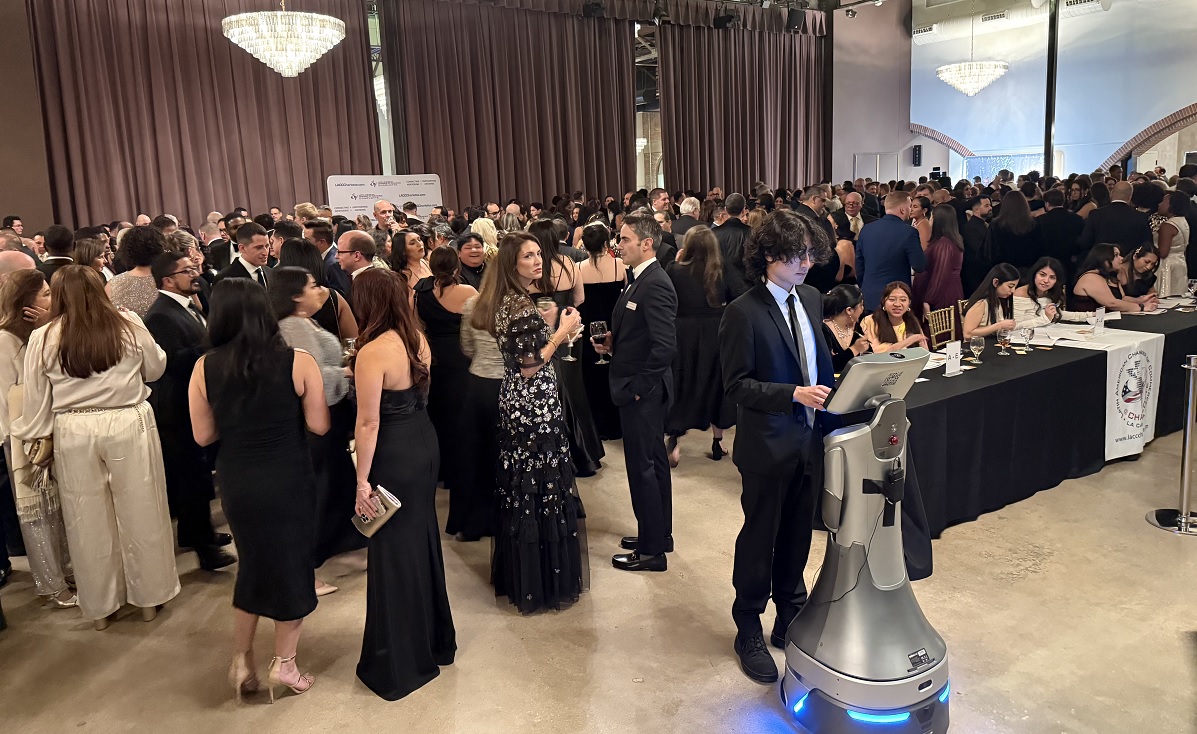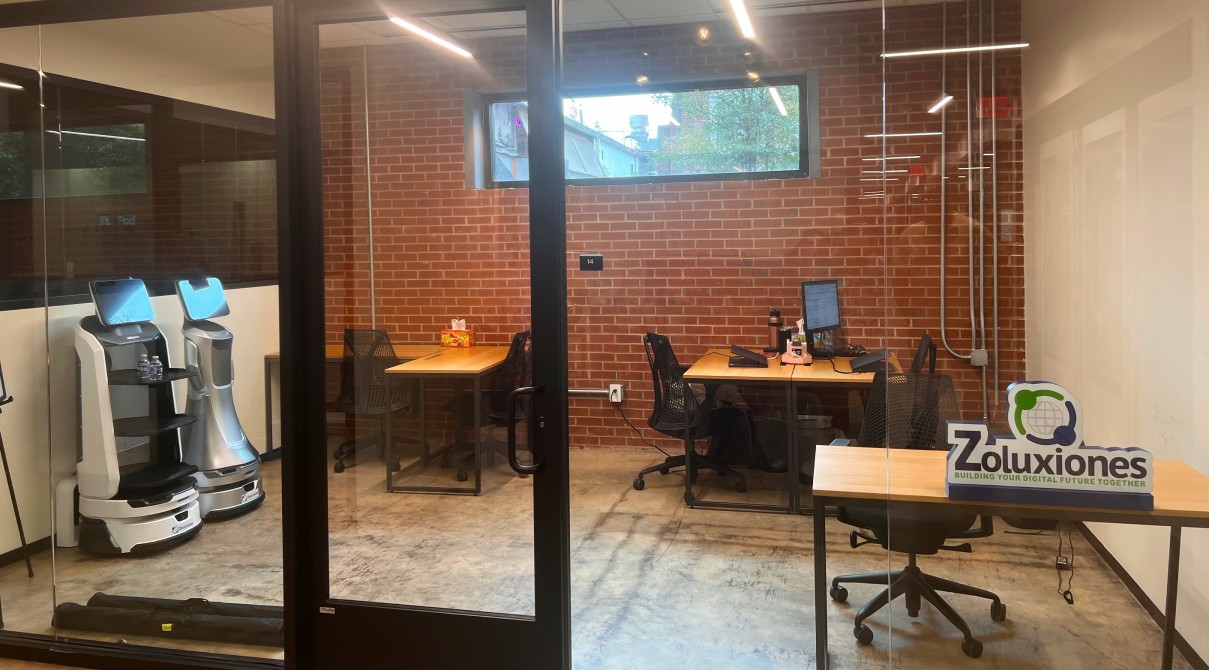This website uses cookies so that we can provide you with the best user experience possible. Cookie information is stored in your browser and performs functions such as recognising you when you return to our website and helping our team to understand which sections of the website you find most interesting and useful.

calendar_month 16 Apr 2021
bookmark Articles
Hyper-automation: bringing the brightness to RPA
The arrival of Industry 4.0 and digitization helped the emergence of Robotic Process Automation (RPA). This technology allows software robots (Softbots) to assume a series of repetitive and manual tasks that a person traditionally performs being able to use “that time” in the performance of other actions with more value for the organization. Thinking about the implementation of this tool in a company of any sector or a public entity is to bet on an improvement in the quality of the service, reducing response times, speeding up processes, eliminating errors, saving costs and maintaining optimal productivity. According to a recent study published by Gartner called ’10 strategic technology trends for 2020 ‘ hyper-automation leads the TOP 10 of technology trends for 2020 and will allow companies that invest in this technology to save up to 30% in costs in the next years. As Gartner points out hyper-automation is “an approach in which organizations quickly identify and automate as many business processes as possible”. This involves the combination of different tools such as process automation, business management software and the application of artificial intelligence (AI) in the processes. It is therefore a concept that goes beyond the reduction of manual workload because it integrates multiple machine learning (ML), ERP software and tools for automation. That is it is a process that involves analyzing, designing, monitoring and evaluating data.
Today’s market trends are beginning to demand new services that demand new functionalities and make RPA technology not enough to address some of the most complex and demanding processes. To increase business competitiveness IT leaders will have to go one step further and anticipate the needs where combining RPA automation with other tools such as machine learning and artificial intelligence will be key to adjusting and adapting to changes both in their own processes as in the needs of the clients and the services offered.
According to Gartner by 2022, “65% of organizations that implemented robotic process automation will introduce artificial intelligence, machine learning, and natural language processing algorithms”. A key attribute of hyper-automation is its ability to combine different solutions and the right technologies to automate, simplify, discover, design, measure, and manage workflows and processes across the enterprise. Hyper-automation validates automation by combining RPA with other disruptive technologies such as AI, machine learning (ML), process mining, decision management, and natural language processing (NLP), and more can be used as a complete end-to-end automation solution extreme.
The journey of Hyper-automation
Hyper-automation will enhance the automation capabilities of organizations allowing them to break cross-functional boundaries and achieve end-to-end automation. Processes that are considered the work of experts will be robotized as well as adaptation and intelligence tasks capable of deciding which step to follow in order to offer added value and not be limited to performing repetitive activities. To start the journey towards hyper-automation you have to start by evaluating on the one hand your key business objectives (KPIs) and on the other identifying the automation horizon you want to reach. All this will help you to conceive technology not only as another workforce, but as part of your business strategy.
- INCOME: Have the main income generating processes been identified? In other words are those tasks that are involved in driving the business fully optimized? These processes should be top of the list when starting an automation project.
- COSTS: What are the activities that have the highest cost for the company? When we talk about costs we not only refer to the economic ones but also to the costs of time, material and working hours. Analyzing them is a way of being able to redesign and minimize them so that they remain operational.
- RISKS: Talking about risks is a different way of talking about costs. However on many occasions processes are carried out that require legal and / or regulatory compliance for example.
Once these KPIs have been evaluated the more technological aspect of hyper-automation must be entered with tools and solutions that go one step further and allow RPA to get the maximum potential:
- Artificial intelligence resources such as Machine Learning (ML), Natural Language Processing (NLP), intelligent optical character recognition (OCR) and AI computer vision, which will allow robots to read, view and process more work.
- Automated process identification tools that take a deep dive into how teams work to show you what can and should be automated.
- Engaging the workforce: ways to enable everyone in an organization to contribute to automation. It should involve not only traditional RPA programmers and analysts, but also subject matter experts, business analysts, and business users.
- Advanced analytics to measure and demonstrate the ROI of automation and its impact, based on the results that are important to the business.
Latest Post
-

3 Jun 2025
Implementing AI solutions: Best practices for 2025
-

12 Dec 2024
Zoluxiones Shines at the Latin American Chamber of Commerce Charlotte’s “Golden Era” Gala
-

6 Nov 2024
Zoluxiones Expands Its Horizons: We’ve Opened Our New Office in Charlotte!
-

4 Oct 2024
From Peru to Charlotte: Zoluxiones sets sights on International Growth and Innovation
-

9 Feb 2024
The AI revolution in Customer Service and sales optimization

